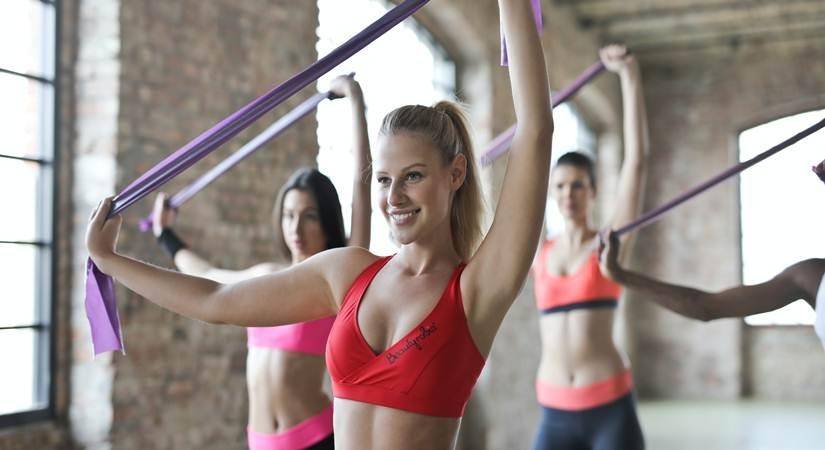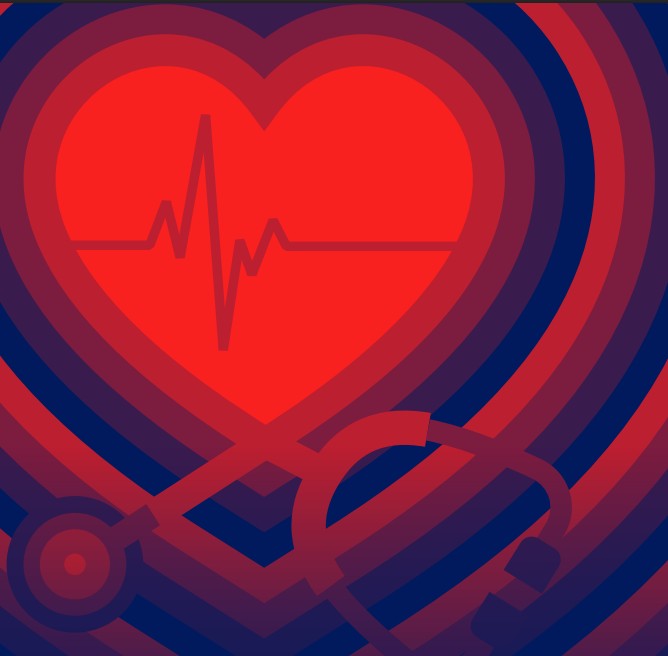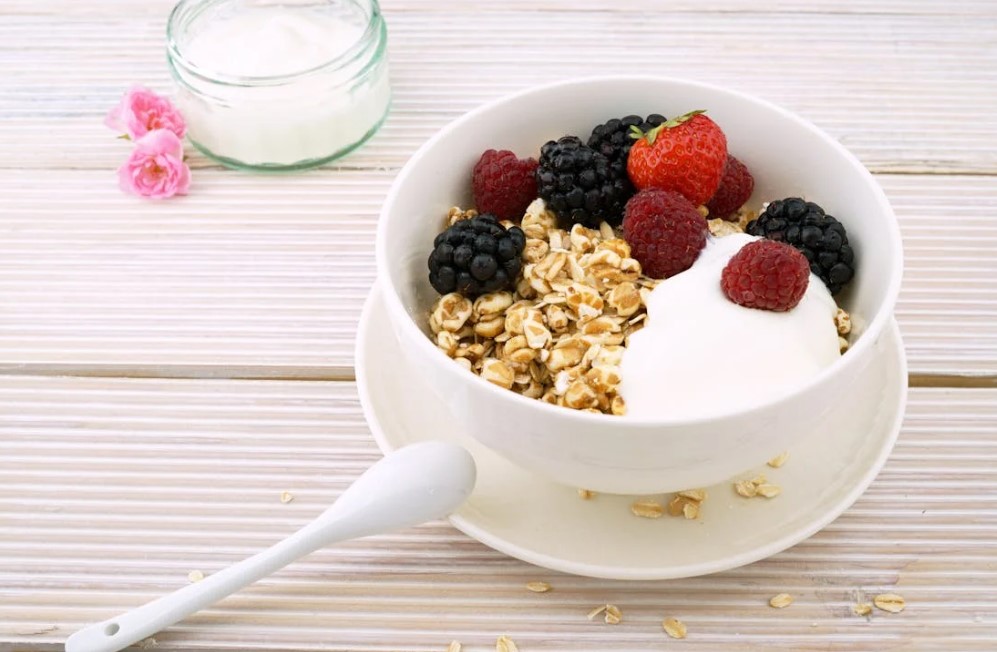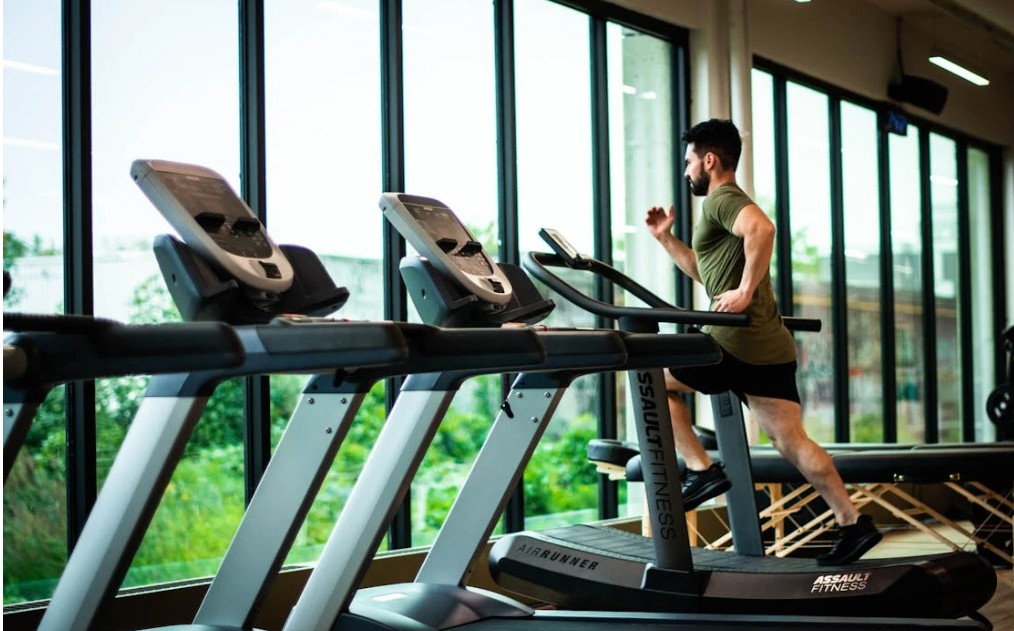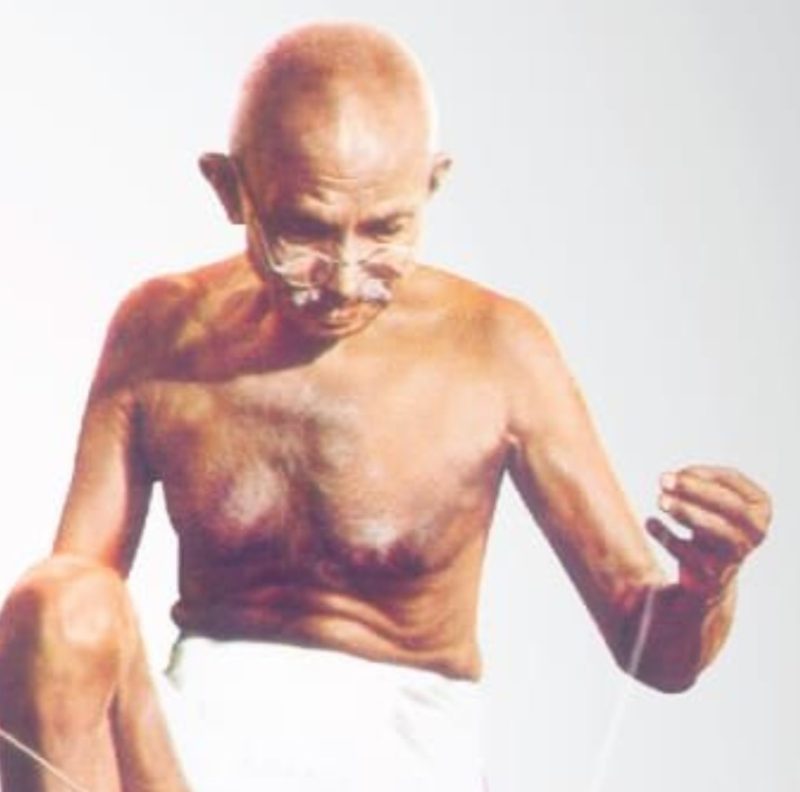On the internet, there is a popular saying that if running is like driving on a freeway, dancing is more like driving through a bustling city…writes Divanshi Gupta
Tend to get sweaty on the dance floor. It’s all for good reasons. The shimmies, the shakes, the pirouettes, and the backflips burn a lot of calories and do a lot of other amazing things for your body.
Dancing is one of the greatest pleasures. It comes with music, beats, and synced motions to express the unsaid emotions. Whether it’s a party or just spending time with yourself, there is always an undeniably irresistible reason behind moving to a good beat.
While dancing is just plain fun and moving, there are some good reasons to do it every day.
Increases the Calorie Burning
Walking burn: 100 to 200 calories in 30 mins
Dancing burn: 200-400 calories in 30 mins
Running burn: 200-400 calories in 30 mins
Swimming burn: 200-250 calories in 30 mins
Cycling burn: 200-300 calories in 30 mins

You may anticipate burning 100 to 200 calories by vigorously walking for 30 minutes. If you opt to run or swim, the quantity may be greater. When you choose continuous dancing, though, you may burn up to 400 calories in the same amount of time.
Even a gentle or simply coordinated movement for 30 minutes can burn the same number of calories as swimming or cycling.
On the internet, there is a popular saying that if running is like driving on a freeway, dancing is more like driving through a bustling city.
Dance has such great results because it involves voluntary movements in all directions. In running, walking, or swimming, there is constantly an accelerating force; yet, in dancing, there is always synchronised deceleration and acceleration.
Positive impact on Flexibility, Endurance & Strength
Torching calories is not the only upside of dancing; it impacts the flexibility, endurance, and strength of your body. Unlike straight-up running, which aids up-down and side-to-side motions, dancing activates even the lower-body joints, muscles, and tendons. The omnidirectional movements train and activate many tendons and small muscles.
A comparative study on Balance & Flexibility between Dancers and Non-Dancers shows that dance has put a positive impact on fitness variables balance and flexibility.
There is another conclusive report that says an Anterior cruciate ligament (ACL) injury is less common among dancers than among other sports players.
Mood and Mind benefits
Dancing, like any other physical activity, appears to improve your mood and mental wellness. According to a UCLA health research study published in 2021, free-flowing dancing motions resulted in good mental health effects for individuals who chose to dance.
A total of 1,000 patients suffering from anxiety, depression, and trauma took part in the study. Almost 98 percent of dancers’ mental health improved after they practised and let their bodies move with the flow. Dancing helps with improved energy, a buoyed mood, and lowered stress.
Influence on the White Matter of the Brain
A study published in the journal ‘Frontiers in Ageing Neuroscience’ compared the effects of walking, stretching, and dancing on the white matter of ageing brains. The study connected dancing to increased ‘white matter’ integrity in elderly people’s brains.
White matter in your brain is made up of connective tissues that might deteriorate over time. The deterioration causes issues with processing speed, reasoning, and remembering.
Unlike walking and stretching, the synchronised movements of dance-choreography must be memorised via your body and mind. The white matter of elderly people who participated in dance improved after 6 weeks of hard choreography.
Psychological Benefits of Dance
A dance may do great things for your psychology. For many years and decades, therapists have recommended dancing as an excellent treatment for social anxiety and fear of speaking in public.
The rationale for proposing dancing is to relax before performing a backflip in front of strangers. If you can perform a backflip in front of an audience, you will be less self-conscious when it comes to public speaking.
Dance promotes socialising and building relationships with others. The synchronised movements you do with others in a dance class blur the lines and allow you to connect with your fellow dancers.

Boost physical connectivity
Last but not least, dancing improves physical connectedness. When it comes to dancing with a partner, there is always a touch factor that brings distinct benefits. Holding hands, touching waists, and other dancing gestures to help maintain and improve a human-to-human physical connection.
Salsa’s sensuous touch or ball dance’s romanticism, each part relieves tension and anxiety and aids in the maintenance of good relationships.
Put all of this together, and there is nothing that can’t persuade you to put on your dancing shoes.
ALSO READ-Syam Benegal’s ‘Mujib’ gets special attention at Cannes


